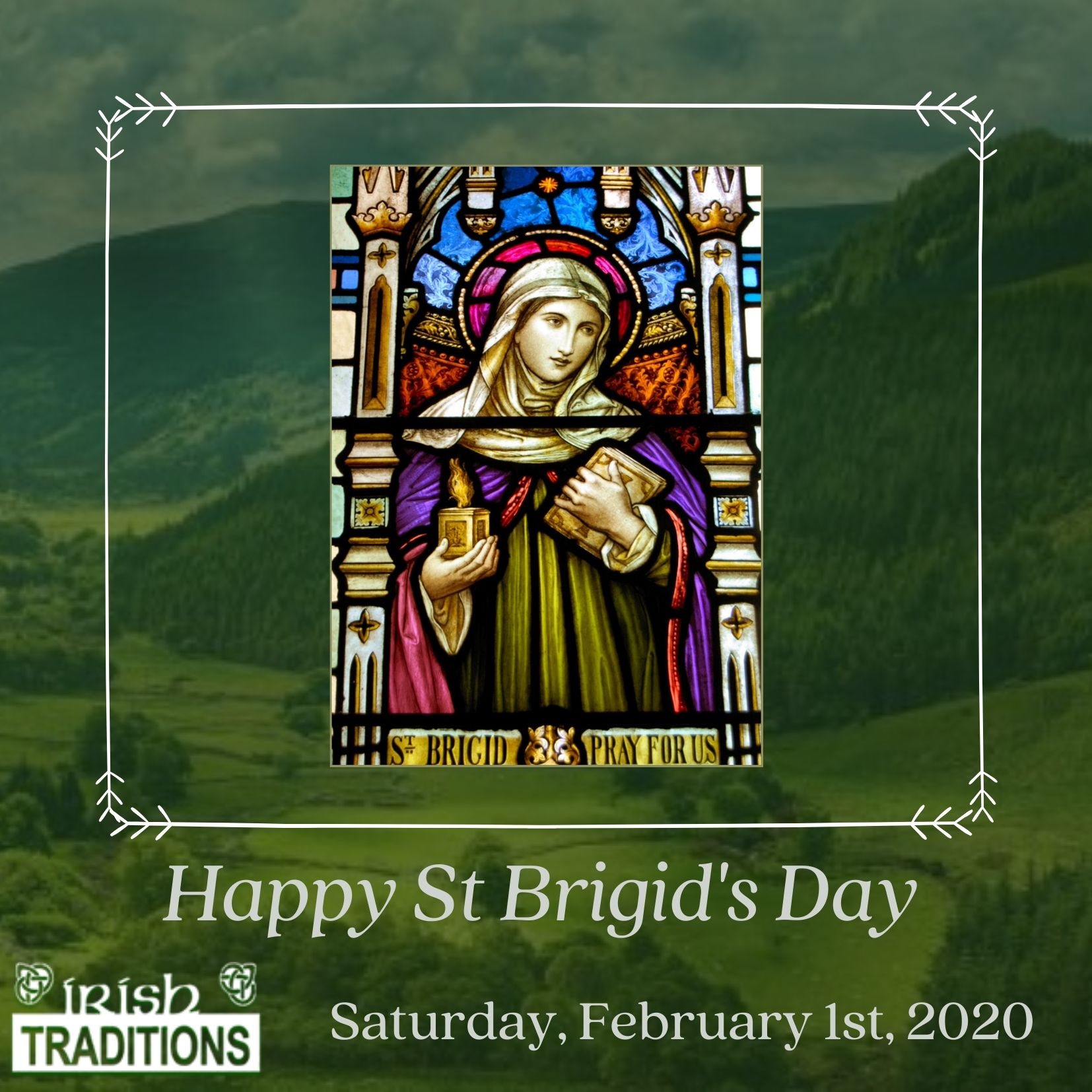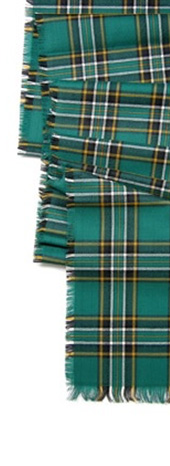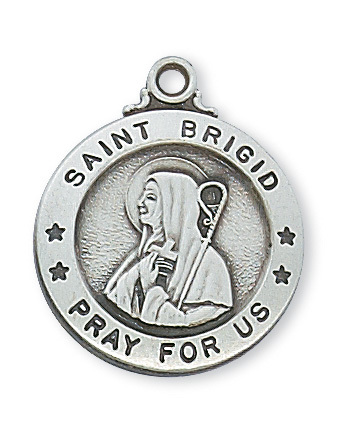Celtic Culture, Folklore
Saint Brigid’s Cross
Originally posted February 1, 2013.

Saint Brigid of Kildare
St. Brigid, “Mary of the Gael”, abbess and patroness of Ireland, was born near Dundalk around 450 A.D. A contemporary of St. Patrick, she is buried next to him at Downpatrick. St. Brigid built the first Irish convent beside a giant oak tree – this place became known as the Church of the Oak (Cill Dara) or Kildare, as it is known today. Her feast day, February 1st is also known as Lá Fhéile Bhride.
Saint Brigid’s Day coincides with the ancient Celtic holiday of Imbolc: the midway point between the winter solstice and the Spring Equinox. It is when lambs are beginning to be born and is a day heralding the coming of spring.
Saint Brigid is known as the patron saint of babies, milkmaids, and blacksmiths as well as being the second patron saint of Ireland.
Saint Brigid’s Cross
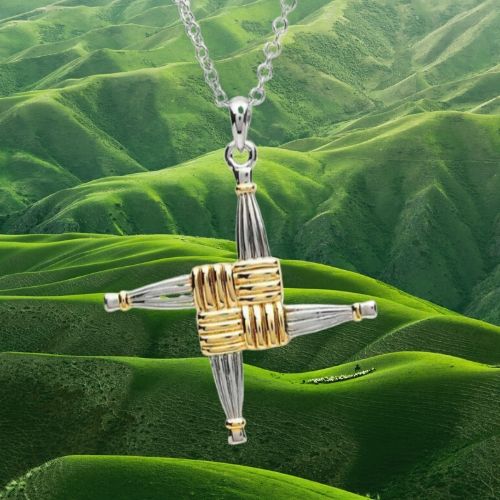
Tradition tells us that her unbounded charity drew multitudes of the poor to her door and much enraged her father Dubh tach, a
tach, a
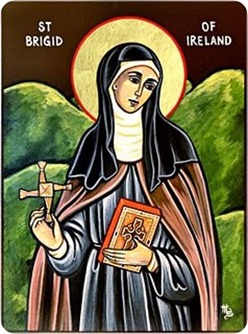
Leinster pagan chieftain and stubborn disbeliever. As he lay on his deathbed, Brigid sat in prayer beside her dying father. She set about gathering the rushes from the floor of the room and made a cross, now called the St. Brigid’s cross. With this cross she explained how Jesus died and rose again for all men and the dying man was converted before he passed away.
For centuries it has been customary, before the Spring planting, for Irish people to fashion a St. Brigid’s Cross of straw or rushes and place it at the entrance to their cottage or outbuildings to protect their homes, animals and loved ones from want and evil.
To this day in Ireland, St. Brigid’s Day is celebrated on the first of February and her crosses are still in use.

